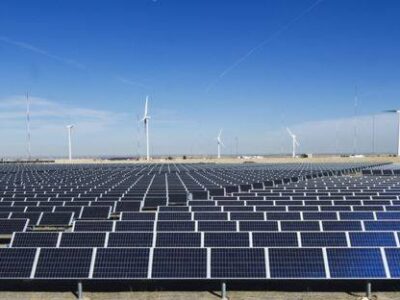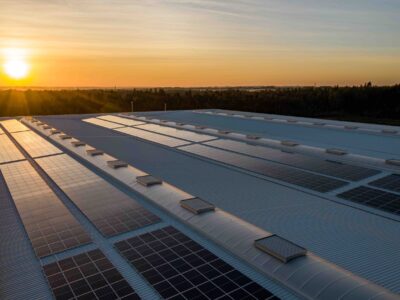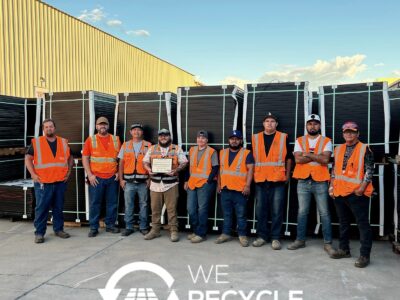The midwest is a beautiful place. Despite the reputation for being dull, the views found on a scenic drive down one of the many long stretches of highway could convince an ardent skeptic. The brilliant pink and orange sunsets, rustic farmhouses standing like islands in a sea of farmland and great green walls of corn and golden waves of wheat flowing in the wind. And, there are statuesque wind turbines dotting the countryside, whose long flowing blades turn strong and slow in the evening sky. These towering monuments to sustainability are more and more part of the quintessential midwest landscape, but their purpose extends far beyond that. They are the future of clean energy in the United States.
However, the anatomy of the modern wind turbine is far from modern. Its origins trace back to the windmills created by the Dutch to pump water from the Rhine River Delta.
But, the first windmill used to generate electricity was developed in 1887 by Scottish professor James Blythe, to power the lights in his cottage with electricity.
Eventually, wind turbine technology migrated to the United States where it has been continually developed and improved since the late 19th century.
Interestingly, the basic principles around how a wind turbine works have stayed the same. The turbine is moved by the wind, which spins the blades. The spinning blades then turn a rotor and that rotor spins a generator which turns the energy created from the spinning blades into electricity. A very simple process that has been reaping benefits for Americans for decades.
Yet, those gigantic propellers most people associate with pleasant drives down a country highway are just one kind of wind turbine. There are actually several, each with a slightly different purpose. The kind most people think of when imagining a wind turbine is known as a horizontal-axis wind turbine. Typically, they have three blades and pivot at the top of the tower and work by facing the blades into the wind. Vertical-axis turbines have “blades” that point up, allowing them to generate electricity without the need to accommodate changes in wind direction. Aesthetically, they tend to look a little more abstract, without a set design like the horizontal axis.
Geographically, there are many wind farms in operation across the U.S. Most are scattered across the Midwest and the Northern United States, with large areas farms as far south as the Texas-Mexico border, as far West as San Francisco, and as far East as Maine. These inland projects make use of turbines that range between 100 kilowatts up to several megawatts and are often grouped together for maximum efficiency.
Although wind energy is often seen as a predominantly inland source of energy, there are currently many successful offshore wind projects. These projects generate more energy than inland wind projects due to their ability to capture much stronger ocean winds.
On top of that, the turbines that are used in these offshore projects are massive–often larger than the Statue of Liberty–in order to hold up to the strong ocean winds.
In addition to the amount of energy they generate, wind energy is responsible for creating plenty of jobs. As of the fall of 2019, over half a million people are employed by the renewable energy industry in the US. Over one-fifth of those workers belong to the wind energy industry alone, an industry that will continue to grow in the coming years.
The modern-day windmill is not just a picturesque statue that lines the midwest countryside. It is a symbol of American sustainability and growth. So while its beauty often makes evening drives memorable, its significance is not just in its form, but in its benefit to millions of Americans.





